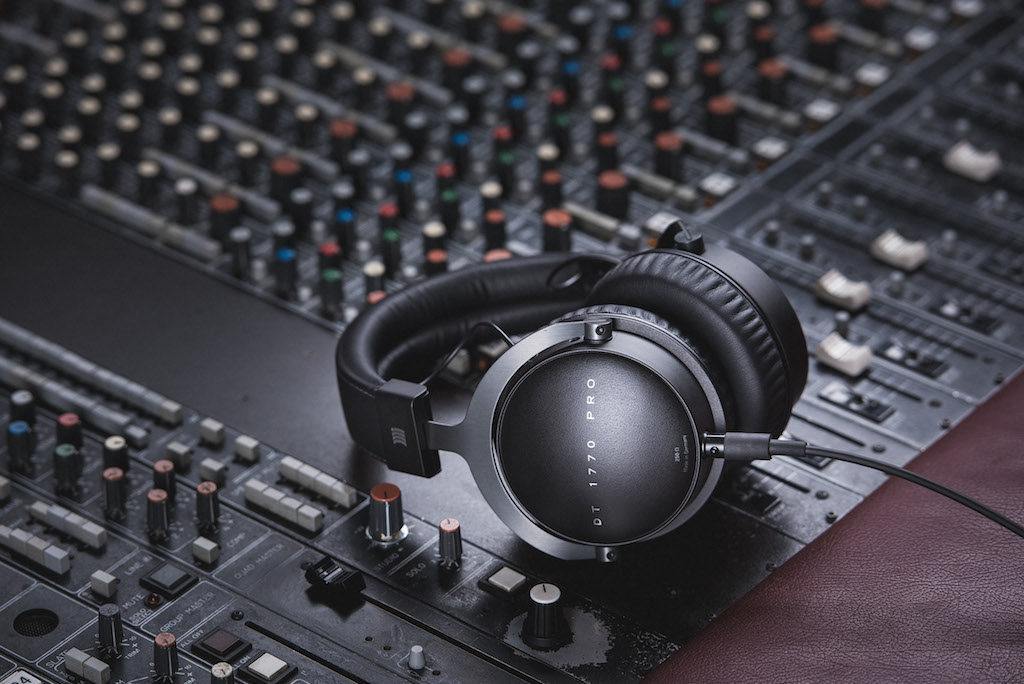Livemix questions? Download our brochure with feature comparisons, tips on personal monitor mixes and benefits of personal monitors!
Livemix is the personal monitoring system that is simple enough for volunteers to use, but deep enough to meet professional demands. In addition to ease of use and amazing features, it sounds incredible and is an outstanding value.
Acer Aspire TC-885G Creative Audio Driver 2.0.0.15 for Windows 10 64-bit 795 downloads. Sound Card CREATIVE. Windows 10 64 bit. Jan 18th 2020, 14:04 GMT. Digital Audio Labs Drivers free download - SoundMAX Integrated Digital Audio, Western Digital Disk Manager Drivers, Creative Labs Video Blaster WebCam II Drivers (USB), and many more programs. Reinstalling the AMD HD audio drivers can resolve the “ AMD HD audio device no sound ” problem. For this, you need to download the AMD HD audio device drivers. Press the Windows key + R key together to open the Run box. Here, input “devmgmt.msc,” and then click OK to open the Device Manager.
Every Livemix system needs an input, a central mixer/distributor, and at least one personal mixer. To design the system, just select which input you need, either analog or Dante digital. Then select the central mixer based on how many mixes you need now or may need in the future. Then determine how many personal mixers you need. The CS-SOLO personal mixer, provides one personal mix. The CS-DUO dual mix personal mixer, provides two separate mixes, helping reduce additional costs and stage clutter. Lastly, select how many MT-1 mic stand mounts and accessories you may need.
AD-24 ANALOG INPUT
The AD-24 analog input unit connects to analog consoles to bring audio into your Livemix system.
USE IN A SYSTEM WITH:
MIX-16 or MIX-32
CENTRAL MIXER
CS-DUO or CS-SOLO
PERSONAL MIXERS
CS-SOLO PERSONAL MIXER
Single mixer personal mixer unit with 24 channels, effects, touchscreen with custom channel names and dedicated ME knob.
USE IN A SYSTEM WITH:
AD-24 or LM-DANTE
INPUT UNITS
MIX-16 or MIX-32
CENTRAL MIXER
DANTE INPUT
Use the LM-DANTE-EXP2 option card for the MIX-16 or MIX-32 to connect Livemix to a Dante network.
USE IN A SYSTEM WITH:
MIX-16 or MIX-32
CENTRAL MIXER
CS-DUO or CS-SOLO
PERSONAL MIXERS
CS-DUO PERSONAL MIXER
Two discrete personal mixers in one unit for extreme cost and space savings.
USE IN A SYSTEM WITH:
AD-24 or LM-DANTE
INPUT UNITS
MIX-16 or MIX-32
CENTRAL MIXER
Drivers Digital Audio Labs Free
MIX-16 CENTRAL MIXER
The MIX-16 provides power and audio distribution to up to 16 personal mixes.
USE IN A SYSTEM WITH:
AD-24 or LM-DANTE-EXP
INPUT UNITS
CS-DUO or CS-SOLO
PERSONAL MIXERS
DA-816 ANALOG OUTPUT

Analog for sending personal mixes to wireless in-ear monitor systems or other analog devices.
USE IN A SYSTEM WITH:
MIX-16 or MIX-32
CENTRAL MIXER
CS-DUO or CS-SOLO
PERSONAL MIXERS
MIX-32 CENTRAL MIXER
The MIX-32 provides power and audio distribution to up to 32 personal mixes.
USE IN A SYSTEM WITH:
AD-24 or LM-DANTE-EXP
INPUT UNITS
CS-DUO or CS-SOLO
PERSONAL MIXERS
MT-1 DUAL POSITION MOUNT
Dual mount mic or music stand mount for Livemix personal mixers.
USE WITH:
LM-MICPRE MIC PREAMP
Mic preamp for external dynamic intercom mic
USE WITH:
FP-2 FOOT PEDAL
Optional foot pedal for hands-free channel selection and volume control for Livemix personal mixers.
USE WITH:
ETHERNET CABLES
Shielded CAT6 cables reduce noise and provide high quality audio transfer for the Livemix personal monitor system.
USE WITH:
ANALOG SNAKE CABLES
Multiple configurations for connecting Livemix to your analog system.
USE WITH:
See Github repository for files and source code: ADAU1701 driver repo.
Comment on the used kernel version:
Users of the newest version of Raspbian Jessie (kernel version 4.9.35-v7+) have to update their kernel first, because needed modules weren't included at this time.
The current kernel version can be checked with the following command:
> uname -a
Update to Kernelversion 4.9.80-v7+ (higher versions also possible) with:
> sudo rpi-update 5c80565
Installation guide for Raspbian (in a Terminal-Window or SSH-Client):
(Volumio users see below)
Install git:
> sudo apt-get install git
Clone files:
> git clone https://github.com/MKSounds/ADAU1701-I2S-Audio-Driver-for-Raspberry-Pi.git
Copy overlay file to overlays directory:
> sudo cp ADAU1701-I2S-Audio-Driver-for-Raspberry-Pi/adau1701-i2s.dtbo /boot/overlays
Relink the overlay to the device tree: Therefore config.txt has to be modified.
Open the file with:

> sudo nano /boot/config.txt
Search for the following line and comment it with a hash (navigation with arrow keys):
#dtparam=audio=on
Add the following line at the end of the file:
dtoverlay=adau1701-i2s
Close the editor by pressing STRG+X and save the changes with y.
If you want to play files which don't use 48 kHz sample rate, you have to resample the audio data. Therefore a ALSA config file will be used, which will affect the whole audio output of the system.
Create file and open it (if it's already existing and there is code in it, you have to integrate the new code or delete the existing):
> sudo nano ~/.asoundrc
Copy and paste the following lines (paste by right clicking):
pcm.InterpolatedOutput {
type plug
slave {
pcm 'hw:0,0'
format S24_LE
rate 48000
}
}
pcm.!default InterpolatedOutput
Drivers Digital Audio Labs
Close the editor by pressing STRG+X and save the changes with y.
Reboot:
> sudo reboot
After a reboot the ADAU1701 I²S output should be present as an output device (without any controls!).
You can check if everything worked correctly by typing:
> aplay -l
You should see the following output:

pi@raspberrypi:~ $ aplay -l
Drivers Digital Audio Labs Online
**** List of PLAYBACK Hardware Devices ****
card 0: Output [ADAU1701 I2S Output], device 0: bcm2835-i2s-dit-hifi dit-hifi-0 []
Subdevices: 1/1
Subdevice #0: subdevice #0
You are now able to play sound via music player of your choice (tested with Audacity and LX music player).
Drivers Digital Audio Labs -
Installation guide for Volumio:
(Volumio version: 2.389 2018-03-26)
Set-up the volumio partition and go through the installation wizard. Don't choose an I²S-soundcard already.
Activate SSH via a SSH file directly in the boot partition or via DEV zone in Volumio: Link
SSH-user and -password are 'volumio'. For sudo commands you have to type the password again.
Install git (should be included in Volumio):
Drivers Digital Audio Labs Software
> sudo apt-get install git
Clone files:
> git clone https://github.com/MKSounds/ADAU1701-I2S-Audio-Driver-for-Raspberry-Pi.git
Copy overlay file to overlays directory:
> sudo cp ADAU1701-I2S-Audio-Driver-for-Raspberry-Pi/adau1701-i2s.dtbo /boot/overlays
Integrate the ADAU1701 soundcard in the dropdown menue of Volumio:
Open the file dacs.json with:
> sudo nano /volumio/app/plugins/system_controller/i2s_dacs/dacs.json
Add (copy&paste) the following line as new first device in the list of available I²S devices:
{'id':'adau1701-i2s','name':'ADAU1701 I2S Output','overlay':'adau1701-i2s','alsanum':'1','mixer':','modules':','script':','needsreboot':'yes'},
